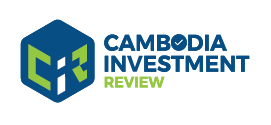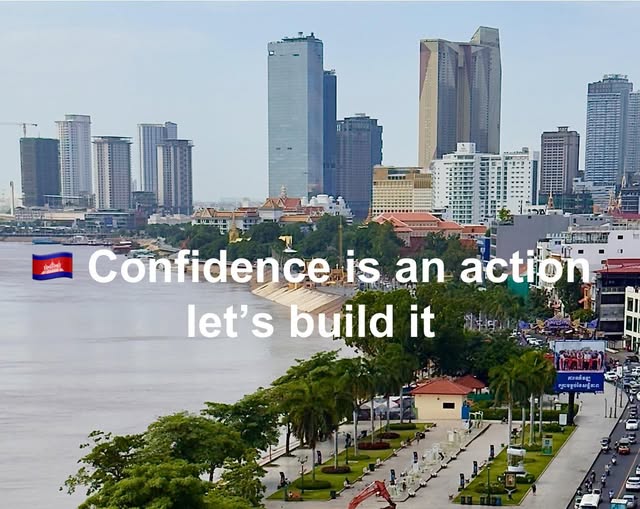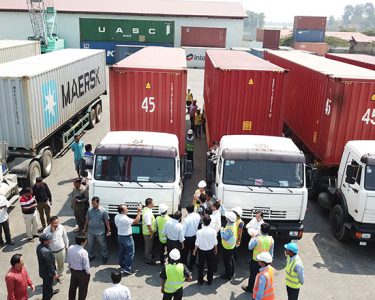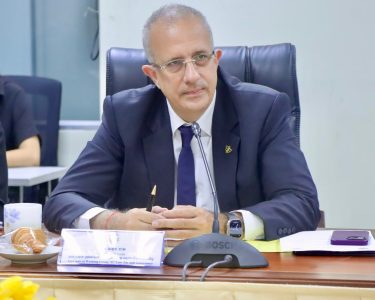By Arnaud Darc
Let’s be honest about where we stand in July 2025. US tariffs are hammering Cambodia’s exporters, credit has tightened across nearly every sector, our real estate recovery has stalled, and inflation is climbing relentlessly—from rice at the market to fuel at the pump. These pressures are real, they’re affecting real families and businesses, and pretending otherwise would be both dishonest and counterproductive.
But here’s what three decades of building businesses in Cambodia has taught me: this isn’t economic collapse we’re witnessing—it’s compression. And understanding that distinction could determine whether we emerge from this period stronger or significantly weakened.
Understanding the Current Moment
The numbers tell a sobering story. Economic growth has decelerated to 4.9% this year, while exporters watch their margins evaporate under new tariffs. The global narrative around Cambodia’s economy has shifted from cautious optimism to outright concern, and that perception ripples through every investment decision and consumer choice being made today.
Read More: Opinion – Impact of a 36% US Tariff on Cambodian Exports – A Comparative Analysis
Yet beneath the headline anxiety, the fundamentals reveal a more complex reality. Industrial output remains on track to grow over 9% this year, tourism earnings continue their upward trajectory despite regional tensions, and foreign direct investment—while slowing—shows signs of stabilization rather than retreat in Q2 data. What we’re experiencing isn’t structural economic failure but acute external pressure. And like all pressure phases in Cambodia’s modern history, this one will pass if we respond strategically rather than reactively.
This Isn’t About Optimism—It’s About Execution
This moment won’t resolve itself through positive thinking or motivational messaging. It demands concrete action. Every business owner, government official, financial institution, and citizen should be grappling with the same urgent question: What specific steps can we take in the next 90 days to prevent this economic compression from spiraling into genuine contraction?
Answering that question requires unflinching realism about our constraints coupled with genuine creativity about our available responses.
Strategic Responses by Sector
For Businesses, the path forward centers on three non-negotiable priorities. First, aggressive diversification of demand sources, particularly into ASEAN+3 markets where trade relationships remain stable. Second, treating liquidity management like a life-support system—survival must take absolute precedence over expansion ambitions. Third, retaining core talent at all costs, because the return on trust and institutional knowledge becomes exponentially more valuable during periods of uncertainty.
Government action should focus on interventions that can be implemented quickly and cost-effectively. This means expediting regulatory clearances for export-facing companies, deploying targeted bridge financing specifically for SMEs caught in the tariff crossfire, and accelerating the digitalization of customs processes to eliminate bureaucratic friction that compounds external economic pressure.
Financial institutions face perhaps the most delicate balancing act. Rather than implementing blanket credit tightening that can accelerate the very problems they’re trying to prevent, banks need to develop sophisticated risk segmentation that distinguishes between temporarily disrupted sectors and those facing genuine structural challenges. This means backing viable manufacturers with emergency liquidity support while maintaining appropriate caution elsewhere.
Shared Responsibility, Different Roles
Cambodia’s 17 million citizens aren’t passive observers in this economic drama—each person plays an active role in determining the outcome. Supporting local businesses through deliberate purchasing decisions, investing personal time and resources in developing recession-resistant skills like logistics coordination, equipment repair, and digital services, and refusing to amplify economic panic through speculative social media sharing all contribute measurably to overall stability.
These individual actions may seem small in isolation, but they compound exponentially across a population. Economic confidence, like economic panic, scales from the bottom up.
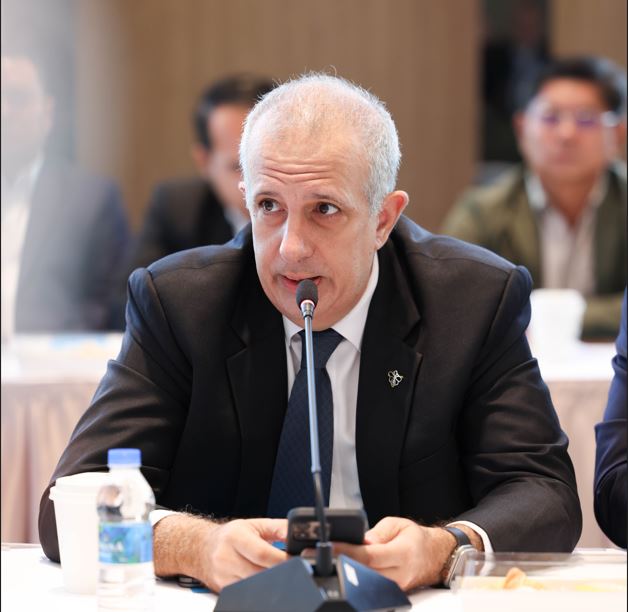
Evidence of Resilience, Already in Motion
This adaptation isn’t theoretical—it’s happening right now across multiple sectors. Cambodian garment exporters are actively exploring new markets to offset US tariff impacts, with recent supply-chain strategies showing concrete moves into Japan, South Korea, and Middle Eastern markets as viable alternatives. In Siem Reap, innovative tourism operators are developing community-level cooking tours and immersive Khmer culinary experiences that create fresh revenue streams while the broader tourism sector continues its recovery.
Meanwhile, the continued recruitment activity in engineering, logistics, and technical sectors suggests that forward-thinking companies are still investing in infrastructure and capability building despite broader economic uncertainty. These hiring patterns aren’t isolated examples—they’re early indicators that Cambodia’s economy is actively adapting in real time rather than simply absorbing punishment.
Personal Commitments, Public Accountability
I’m not writing this analysis from a position of comfort or theoretical distance. My businesses face the same pressures, the same credit constraints, and the same uncertainty about global market conditions that every other business owner in Cambodia is navigating daily.
By December 2025, I’m making specific, measurable commitments: creating 150 new jobs through retail and training program expansion, establishing partnerships with 10 Cambodian made products suppliers, and investing substantially in skills development programs focused on food service and logistics.
These aren’t symbolic gestures or vague promises—they’re time-stamped, trackable contributions that can be evaluated and held accountable. More importantly, I’m inviting other business leaders, institutions, and individuals to make similar commitments scaled to their own contexts and capabilities.
Moving Forward Intentionally
Cambodia has weathered far more severe disruptions than trade tariffs. We’ve rebuilt from war, recovered from international sanctions, and emerged stronger from pandemic shutdowns. But in every case, recovery came through decisive action rather than passive waiting for external conditions to improve.
The challenge we face today is real and immediate, but so is our demonstrated capacity to respond with clarity, collective resolve, and coordinated action. Rather than waiting for economic confidence to return organically, let’s create it deliberately—through strategic decision-making, mutual support, and the accumulated momentum that comes from making smart choices during difficult times.
The difference between compression and collapse isn’t found in external circumstances beyond our control. It’s found in how we choose to respond to those circumstances. And that choice, ultimately, remains entirely in our hands.
By Arnaud Darc; Co-Chair, Government–Private Sector Forum, Working Group D and CEO of Thalias Co., Ltd.
